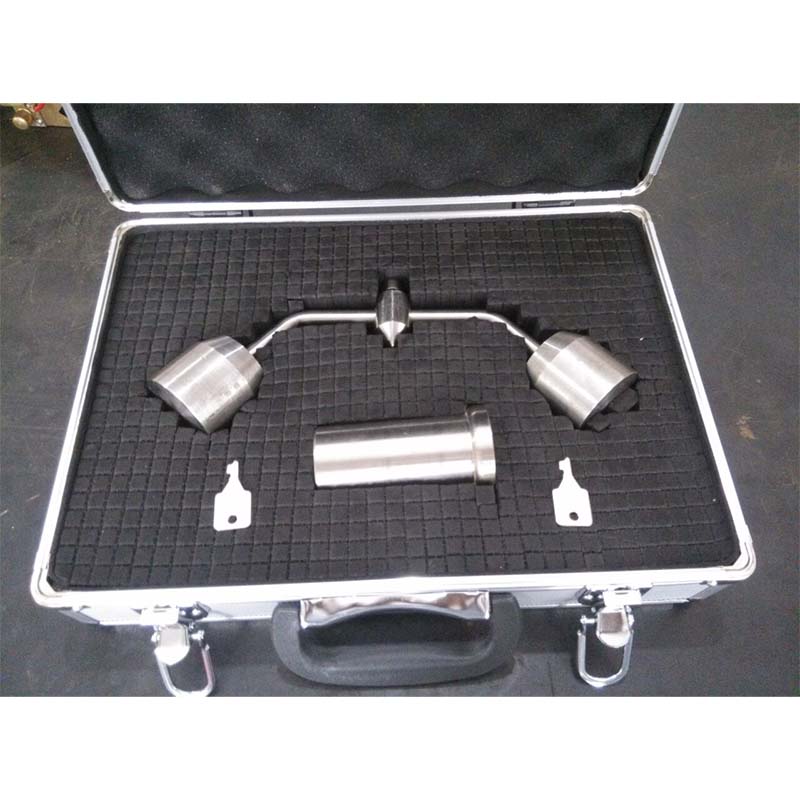Cable Smoke Density Testing Equipment Manufacturer Solutions and Innovations
Understanding the Importance of Cable Smoke Density Test Machines in Modern Manufacturing
As the world becomes increasingly reliant on technology and electrical systems, the safety standards for cables and their components have never been more crucial. Among the essential tools used in ensuring compliance with these standards is the cable smoke density test machine. This innovative piece of equipment plays a pivotal role in assessing the smoke density produced by cables when exposed to fire, which is key for determining the potential hazards in case of a fire outbreak.
The Purpose of Smoke Density Testing
Smoke density testing is conducted to evaluate the amount of smoke produced by a cable during combustion. This is critical because smoke can carry toxic gases and impede visibility in emergency situations. In settings such as commercial buildings, transportation systems, and public infrastructures, high smoke density can significantly affect evacuation efforts and increase health risks for individuals exposed to the fumes. Therefore, manufacturers must understand the behavior of their cables in fire conditions to design safer products that minimize smoke production.
Regulatory Standards
The regulation of smoke density in cable manufacturing is governed by international safety standards. Various countries have established specific benchmarks that cables must meet before they are deemed safe for use in public and commercial settings. Agencies such as UL (Underwriters Laboratories) and IEC (International Electrotechnical Commission) provide guidelines that manufacturers must follow. Compliance with these standards not only ensures the safety of the end-users but also protects manufacturers from liability issues and potential lawsuits arising from safety failures.
Features of Cable Smoke Density Test Machines
Cable smoke density test machines are designed to simulate real-world fire conditions and accurately measure the smoke generated from cable materials. These machines are equipped with advanced sensors and measuring devices that quantify smoke in terms of optical density. Key features often include
1. Controlled Environment The machines create a controlled environment that replicates the conditions of a fire, allowing for accurate and consistent testing results. 2. Data Logging Capabilities Many modern machines are equipped with data logging features that allow engineers to track test results over time, helping to identify trends in smoke production and compliance.
cable smoke density test machine factory

3. User-Friendly Interfaces With digital displays and intuitive controls, these machines enable easy operation and quick access to the necessary testing data.
The Manufacturing Process
When integrating a cable smoke density test machine into their operations, manufacturers typically follow a sequence of steps to ensure effective testing. Initially, cables are prepared and cut to specific lengths suitable for testing. The machine is calibrated according to the relevant standards, and the test specimens are placed in the designated testing chamber. Once the test starts, the machine monitors and records the smoke density over a predetermined time frame until the test concludes.
Post-testing, the data is analyzed to determine if the cables meet the required smoke density standards. Any cable that does not comply may necessitate design modifications or material changes, ensuring that safety is prioritized throughout the manufacturing process.
Conclusively Enhancing Safety
In conclusion, cable smoke density test machines are indispensable tools in the manufacturing industry, particularly in the production of electrical cables. By accurately measuring smoke emissions in controlled fire conditions, these machines not only help manufacturers ensure compliance with safety standards but also enhance the safety of the products they produce. With ongoing advancements in testing technology, manufacturers can look forward to more precise measurements and continued improvements in cable safety standards. Adopting this testing process not only protects users but also reinforces the reputation and reliability of manufacturers in an increasingly safety-conscious market.
Final Thoughts
As the focus on safety intensifies globally, the role of cable smoke density test machines will continue to expand. Investing in high-quality testing equipment is an investment in safety, compliance, and ultimately, in the future of safe electrical systems.
-
Why the Conductor Resistance Constant Temperature Measurement Machine Redefines Precision
NewsJun.20,2025
-
Reliable Testing Starts Here: Why the High Insulation Resistance Measuring Instrument Is a Must-Have
NewsJun.20,2025
-
Flexible Cable Flexing Test Equipment: The Precision Standard for Cable Durability and Performance Testing
NewsJun.20,2025
-
Digital Measurement Projector: Precision Visualization for Modern Manufacturing
NewsJun.20,2025
-
Computer Control Electronic Tensile Tester: Precision and Power for the Modern Metal Industry
NewsJun.20,2025
-
Cable Spark Tester: Your Ultimate Insulation Assurance for Wire and Cable Testing
NewsJun.20,2025
 Copyright © 2025 Hebei Fangyuan Instrument & Equipment Co.,Ltd. All Rights Reserved. Sitemap | Privacy Policy
Copyright © 2025 Hebei Fangyuan Instrument & Equipment Co.,Ltd. All Rights Reserved. Sitemap | Privacy Policy
